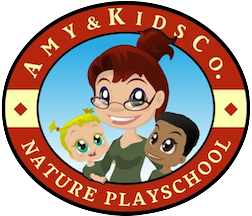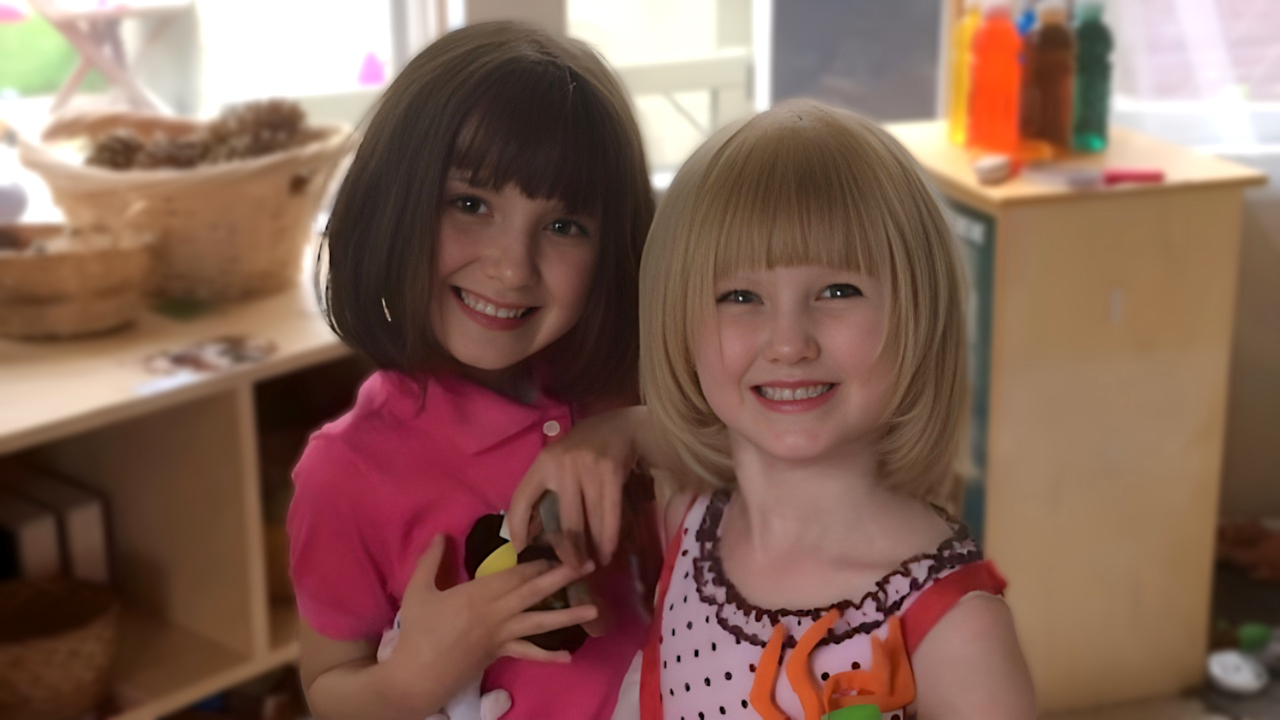
Toilet Learning
Toilet learning is an exciting step in children’s development and is one to be celebrated. Learning to use the toilet is best begun at home, then when you think your child is ready to start at child care I'll jump on board with you!
Toilet Learning vs Potty Training
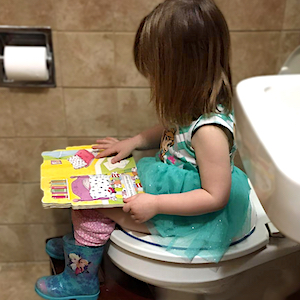
"Toilet learning" is very different from "potty training." Old-fashioned potty training is something done to children and may make them feel bad about accidents. Children take an active part in toilet learning, which helps them feel good about using the toilet.
While toilet learning children learn how to:
- Listen to their bodies so they know when they need to use the toilet.
- Communicate this need to others before it's too late.
- Manage their own clothing independently.
Effective toilet learning begins when the child shows signs if readiness. Children who are ready will be happy and proud to use the toilet.
Toileting is Complicated
Being conscious of the need to use the toilet, able to communicate that need, and able to "hold it" long enough are complicated steps which take time to learn. Just as children fall down many times as they learn to to walk, they often have many accidents while learning to use the toilet. My goal is for toilet learning to be a relaxed and positive experience for everyone involved, especially the children.
When to Start Toilet Learning
Many families look forward to starting toilet learning as soon as possible, however there is no "right" age to start. Toilet learning is as individual to a child as learning to walk; children show interest at different times, but most are ready sometime between their second and third birthdays.
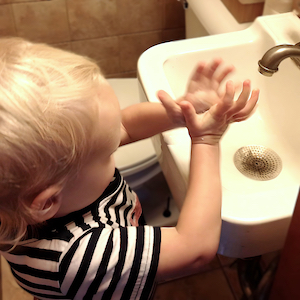
The best way to maximize success and minimize frustration is to make sure your child is truly ready before starting. Your child may be ready if he/she:
- Can pull his/her pants down and up independently.
- Tells you before, during or after eliminating in the diaper.
- Has predictable bowel movements on a regular basis.
- Doesn't like to wear a dirty diaper.
- Stays dry for two hours at a time.
- Shows interest in sitting on the potty.
- Is able to follow simple instructions, such as a request to sit down.
- Can wash his/her hands independently.
- Wants to wear underwear.
Not every sign needs to be there to start toilet learning. If you notice a few signs your child may be ready, but don't start during a stressful time or period of change in the family (moving, new baby, etc).
If you're not sure that your child is ready it's probably better to wait a little longer; problems usually arise because adults don’t pay attention to the child's lack of interest and/or readiness.
Getting Ready to Start Toilet Learning
You can prepare your child for toilet learning by:
- Having your child pull his/her pants down and up at diaper changes. Mastering this step is an important part of using the potty independently.
- Changing diapers in the bathroom to help your child learn that the bathroom is the place to do "potty business."
- Emptying dirty diapers into the toilet to show "where poopy goes." Some children are afraid of the flushing sound; allowing your child to flush may help him/her get used to the sound.
- Having your child wash his/her hands with soap and running water after diaper changes. It's never too early to teach this healthy habit!
Expect your child to start using "potty words." This is appropriate since the skill he/she is working on revolves around the potty. Teach your child which words you prefer to hear and set aside a specific location - like the bathroom - where your child can use potty words as much as he/she wants.
Toilet Learning Begins at Home
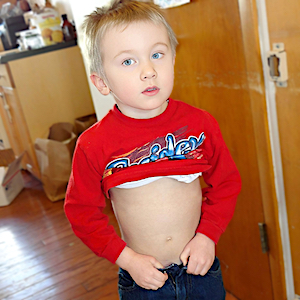
You are your child's first and most important toilet learning helper. When your child seems ready, toilet learning needs to be worked on consistently. Starting and stopping may confuse your child, while continuity helps your child find success sooner.
Decide whether a potty seat or potty chair will work better for your child. Due to licensing regulations we use a potty seat, so your child may be more comfortable starting on a potty seat at home too. A sturdy stool will help him/her feel more secure and promote independent toileting.
Some parents have their child straddle the toilet backwards without a potty seat. Children may feel more secure than sitting forward, and it's a great technique when there's no potty seat available.
Once you've decided on a seat, invite your child to sit there throughout the day, especially whenever he/she shows signs of needing to "go". Just a few minutes will help get the idea across.
Modeling bathroom behavior is also very effective, (yes, this means you should let your child watch you,) particurlarly when parents of the same gender model toilet use for child.
Avoid Power Struggles over Toilet Learning
Young children need to feel a sense of control and power in their lives, and toileting is one area where they're in complete control. Parents can never win fights with a child over his/her body, so it's better to avoid the fight altogether.
Instead of "Do you want to go potty?" try "It’s time to sit on the potty." Asking gives your child a chance to object, while "sit on the potty" sounds less scary than "going potty." Never force your child to sit on the toilet; not only could this start a fight, your child may become afraid of the whole process.
A kitchen timer can prevent power struggles because the timer, not the parent, indicates when it's time to sit on the toilet and children can't argue with an inanimate object that won't argue back. If your child strongly objects, graciously give in and re-set the timer. If your child continuously objects to sitting on the toilet he/she may not be ready, and you're better off trying again in a couple of weeks.
Dress for Toilet Learning Success
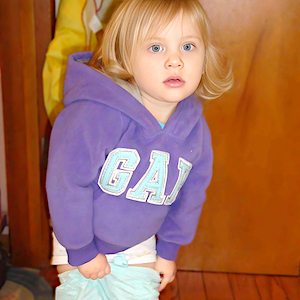
Avoid the use of disposable diapers during the day; your child has been filling them his/her whole life and may not understanding why it's time to stop. Disposable pull-ups work well during the first week when your child is learning to "hold it," but can delay toilet learning if your child considers them the same as diapers.
Thick cloth training pants are preferred after the initial week. Cloth allows your child to feel when he/she is wet. Some cloth training pants have a waterproof layer built in, otherwise old-fashioned plastic pants can be used to protect furniture and carpeting.
Disposable diapers or pull-ups may be needed for naps and at night at first, but try getting your child up to use the bathroom for a few nights before resorting to pull-ups. It's harder to break the habit of urinating in a pull up than it is to avoid the habit in the first place.
Dress your child in loose clothing that he/she is able to manage easily and independently; pants or shorts with all-elastic waists are the best choices. Overalls, tights, jeans with snaps and zippers, shirts with snaps between the legs, belts, tie waistbands, and tight-fitting clothing should be avoided. Dresses may also be a problem if your child can’t see to pull down her underwear.
Teach Proper Toilet Etiquette
- Children need to practice wiping themselves right away.
- Be sure to teach girls to wipe from front to back after bowel movements to avoid urinary tract infections.
- Boys need to be taught to hold their penis down when sitting, and how to aim when standing.
- Flushing the toilet and washing hands with soap and water before leaving the bathroom are good habits to instill right from the start.
Patience is a Virtue
Expect accidents, especially during the early phases of toilet learning. Remember that learning to use the toilet is a skill that needs practice, just like learning to walk. You wouldn't be upset at your child for falling down when learning to walk, so try not to be upset by the inevitable toileting accident.
It's natural for parents to be excited when their child approaches the major milestone of giving up diapers, but be careful not to push too fast. Remember to go at your child's pace and give lots of encouragement and praise to reinforce success.
Toilet Learning at Child Care
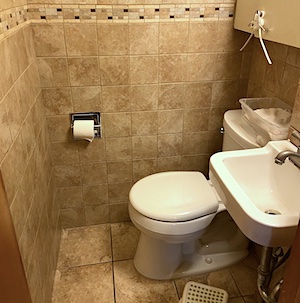
After your child has shown significant progress at home it's time to start at child care! We'll know your child is ready when he/she:
- Consistently stays dry for at least two hours at a time.
- Is dry after nap.
- Is willing to interrupt play to use the toilet.
- Uses words to communicate a need to use the toilet.
- Is able to "hold it" until he/she is sitting on the toilet.
- Can adequately wipe him/herself independently.
- Pulls his/her underwear and pants up and down independently.
At first children are often more successful at home because often they're so busy playing that they don't recognize the need to "go" until it's too late. It's important for your child to be comfortable using the potty at home before he/she starts using it here.
Dress for Child Care Toileting Success
Children should stay dry in cloth underwear for at least a week at home before wearing underwear to child care. If your child still has occasional accidents plastic pants should be worn to keep the environment clean and sanitary. Children learning to use the toilet need three complete sets of clothes, including socks, and and extra pair of shoes every day.
If your child has an accident he/she will be changed immediately and hands washed afterward. Wet and/or soiled items will be put in a plastic bag for you to take home and launder. Licensing rules prohibit me from rinsing out soiled clothes.
Child Care Toilet Learning Procedures
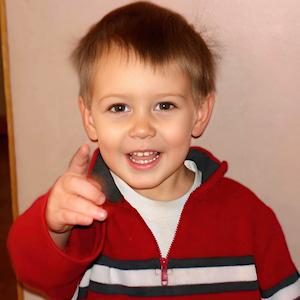
Around two years old children are encouraged to pull their pants down and up at diaper changes.
Children learning to use the toilet will be encouraged do so at the same times as the older children and at regularly scheduled intervals. These intervals are determined on an individual basis based on your experience.
In the bathroom children are allowed to go through the whole process independently, including wiping themselves. I monitor them discreetly and offer assistance as needed.
Children who strongly object to sitting on the potty will be asked if they want to try again in two or five minutes, and the timer reset accordingly. If a child consistently shows no interest, objects, is fearful, or has many accidents, toilet learning will be put on hold until we decide together that the child is ready to try again.
As the children master toileting they will naturally need less help and will be able to go on their own. The ultimate goal is for your child to be able to use the potty independently.
Daily Toileting Routine
All children are encouraged to use the toilet after breakfast, before going outside, after lunch, and after snack.
Once children have mastered toileting they don't need to ask permission or tell me that they are going. At this point it's assumed they're able to complete the whole process, including wiping themselves, independently.
All children will wash their hands before leaving the bathroom, whether they used the toilet or not.

